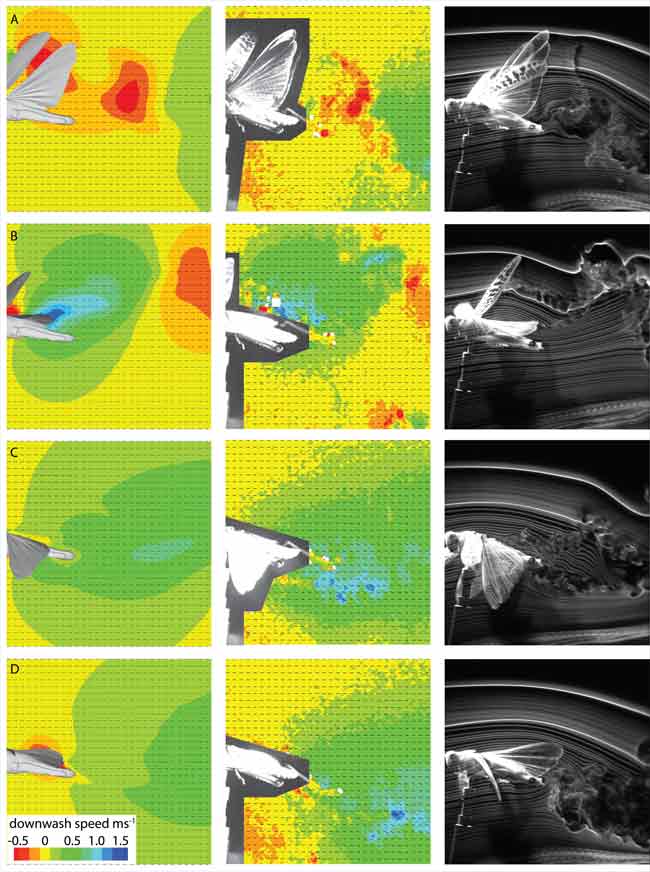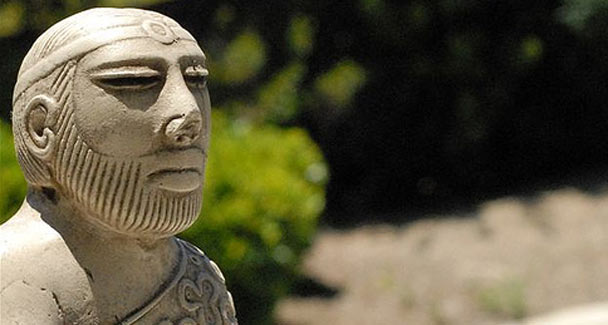Some animals may be able to reflect upon their states of mind
© UnknownDolphins like Natua, pictured here, may share with humans the ability reflect upon their states of mind, says UB researcher David Smith.
Buffalo, New York -- J. David Smith, Ph.D., a comparative psychologist at the University at Buffalo who has conducted extensive studies in animal cognition, says there is growing evidence that animals share functional parallels with human conscious metacognition -- that is, they may share humans' ability to reflect upon, monitor or regulate their states of mind.
Smith makes this conclusion in an article published the September issue of the journal
Trends in Cognitive Science (Volume 13, Issue 9). He reviews this new and rapidly developing area of comparative inquiry, describing its milestones and its prospects for continued progress.



